How to Identify 24 Common British Garden Birds
Common Garden Birds | UK Birds of Prey | Birds on our campsites
Sometimes telling British garden birds apart can be tricky. Here’s a guide to 24 of the most common birds you’re likely to see and their distinguishing features.
Common garden birds
1. House sparrow

The small but surprisingly noisy house sparrow can be found all over the UK. You’ll spot them in gardens, the countryside and big cities year-round. The house sparrows distinctive brown and black markings make them easy to identify.
House sparrow fact: In the winter the house sparrow’s beak is a yellow-brown colour, changing to black in the warmer months.
2. Starling
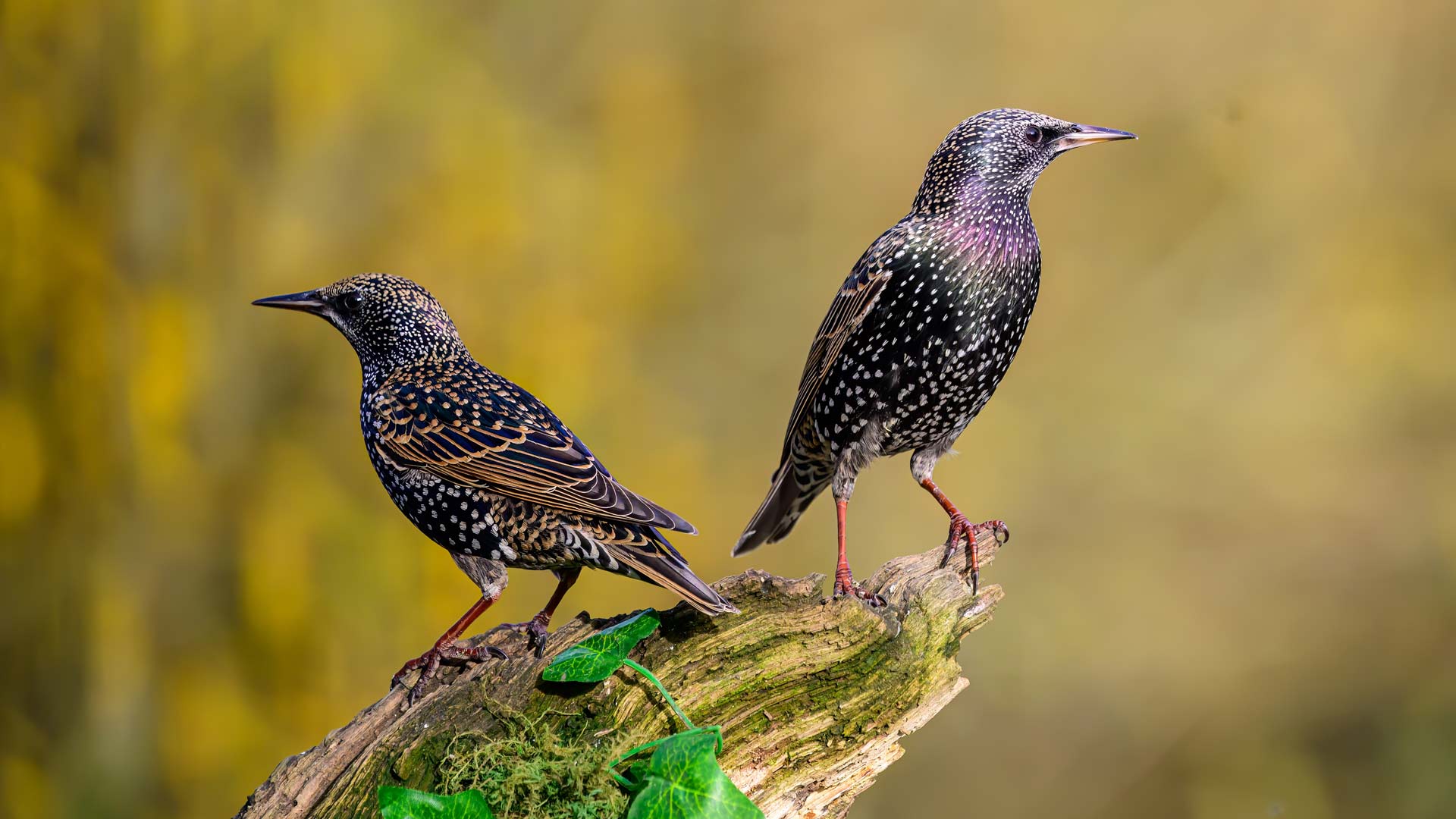
Often travelling in large flocks for safety, starlings look black from a distance but up close, you’ll see beautiful greens and purples. Widespread across the UK, they’re one of the most common UK garden birds, and we’re betting you’ve seen one already.
Starling fact: Starlings have a UK conservation status of red which means urgent action is needed.
3. Robin
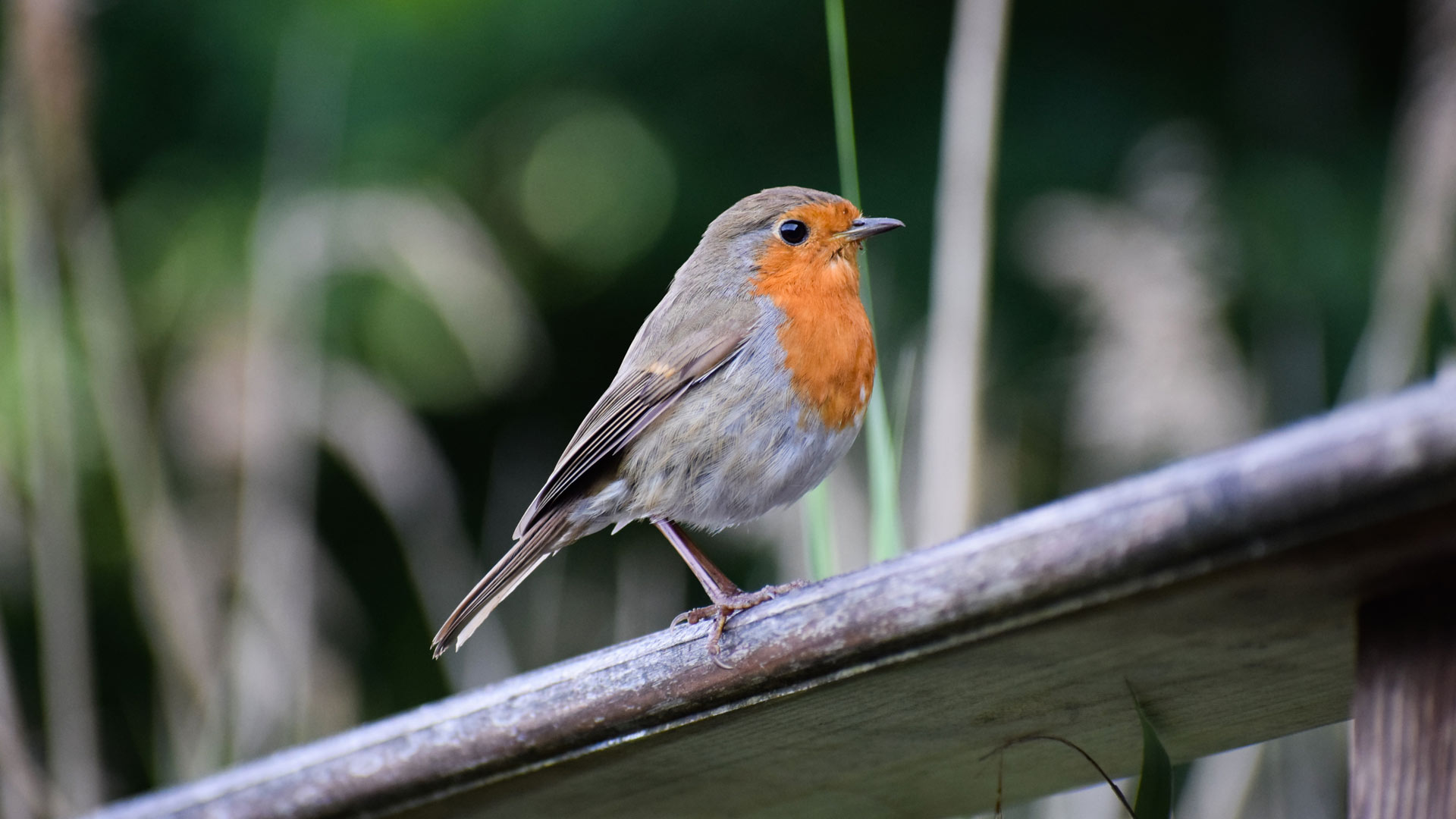
Easily one of the most recognisable garden birds, the robin, with its red chest and brown body, can be spotted year-round. These friendly birds are so often associated with Christmas because they’re so easy to spot in the winter months.
Robin fact: During the winter, to insulate from the cold, a robin will puff up its plumage.
4. Coal tit
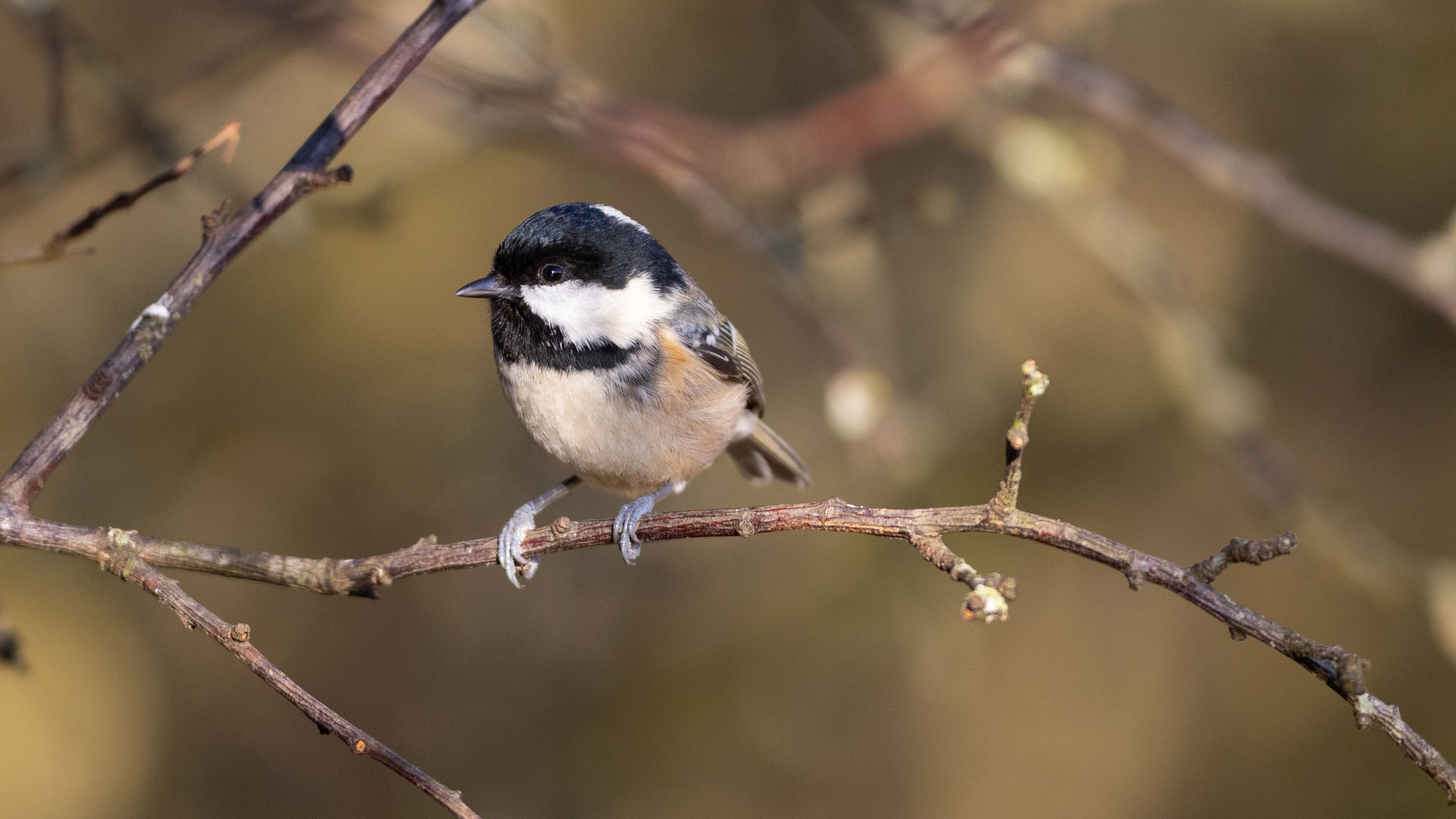
The small coal tit has a distinctive almost helmet-shaped black head with a grey body and white neck. Favouring woodland and quiet gardens, they’re frequent visitors to bird feeders and are green on the conservation list.
Coal tit fact: The coal tit will take food to store and eat later. However, they rarely remember where they’ve left their snack so will be frequent visitors to any feeders.
5. Long-tailed tit

Easily recognised given its tail, which is longer than its body, the long-tailed tit can often be seen flitting between hedges. This birds’ markings are a pretty mixture of pink, black and white which makes them easy to tell apart from other tit varieties.
Long-tailed tit fact: Long-tailed tits are considered the masters of nest building, creating nests built with spider webs which can expand as their chicks do.
6. Blue tit
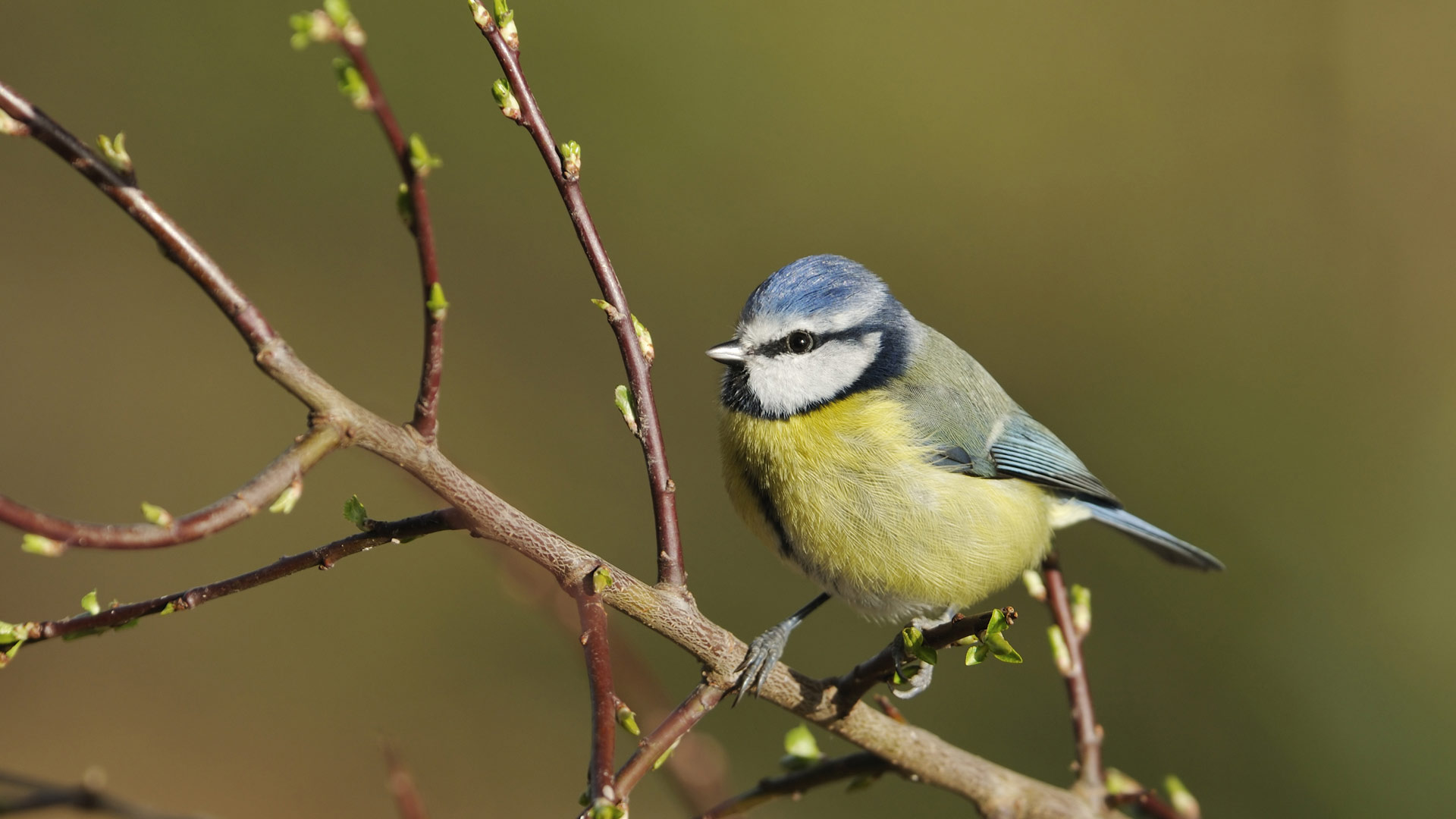
One of the most striking garden birds, the blue tit has a wonderful mix of blue, yellow, white and green plumage. They’re abundant throughout the UK and will flock with other blue tits during the winter to feed their large families.
Blue tit fact: Throughout their lives, blue tits will never stray far from the area they hatched.
7. Great tit

A black head, white chubby looking cheeks and a yellow belly with distinctive black stripe makes the great tit one of the prettiest garden birds.
Great tit fact: The great tit is the largest in the UK tit family.
8. Marsh tit
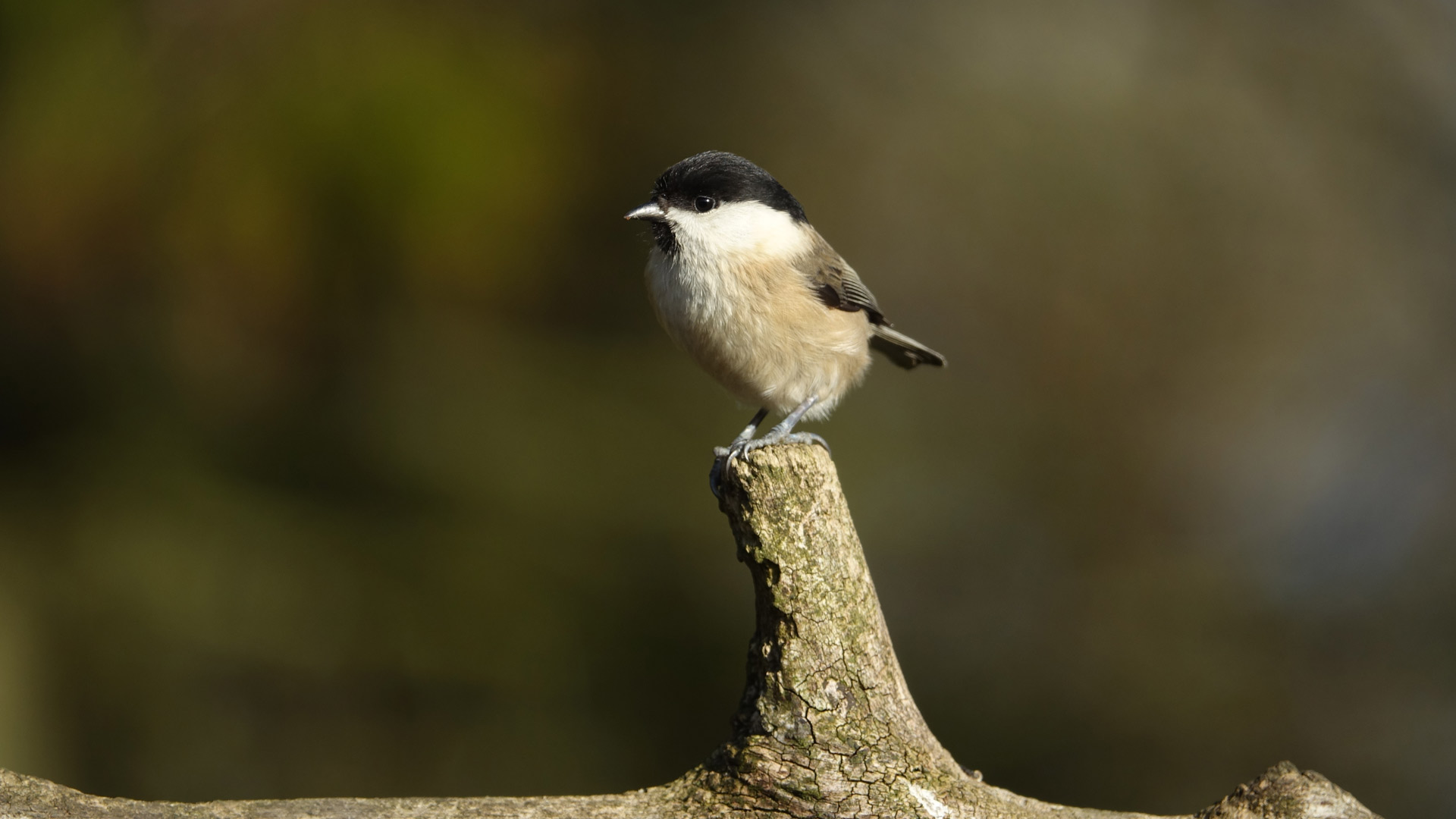
The final tit in this list, the marsh tit is similar in its colourings to the coal tit. The marsh tit, however, is on the red conservation list and despite their name, prefer woodland, parks and gardens to nest in.
Marsh tit fact: The marsh tits call sounds a bit like a sneeze!
9. Dunnock

You’ll likely notice a dunnock by its nervous shuffling across the ground in well-sheltered spots. This solitary bird likes to keep close to the ground and nests in hedges.
Dunnock fact: Another name people call dunnocks is the “hedge sparrow”, even though they’re not related to sparrows in any way.
10. Wren
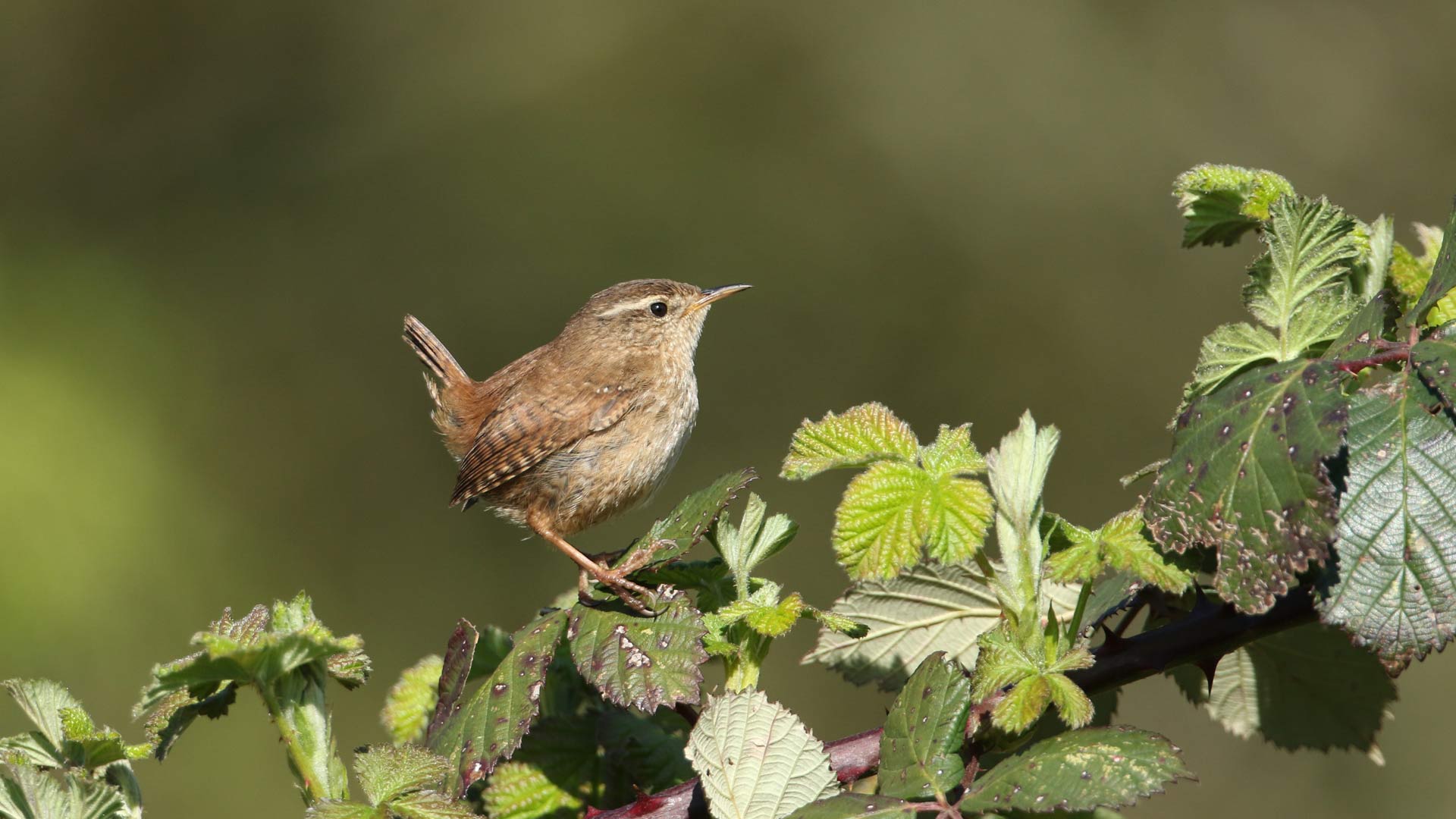
The wren is a tiny brown bird with a rounded body, growing up to only 10cm long. Although one of the smallest birds on this list, the wren is the most common UK breeding bird and will visit most gardens.
Wren fact: The wren has one of the loudest songs of any British bird in proportion to its size.
11. Blackbird
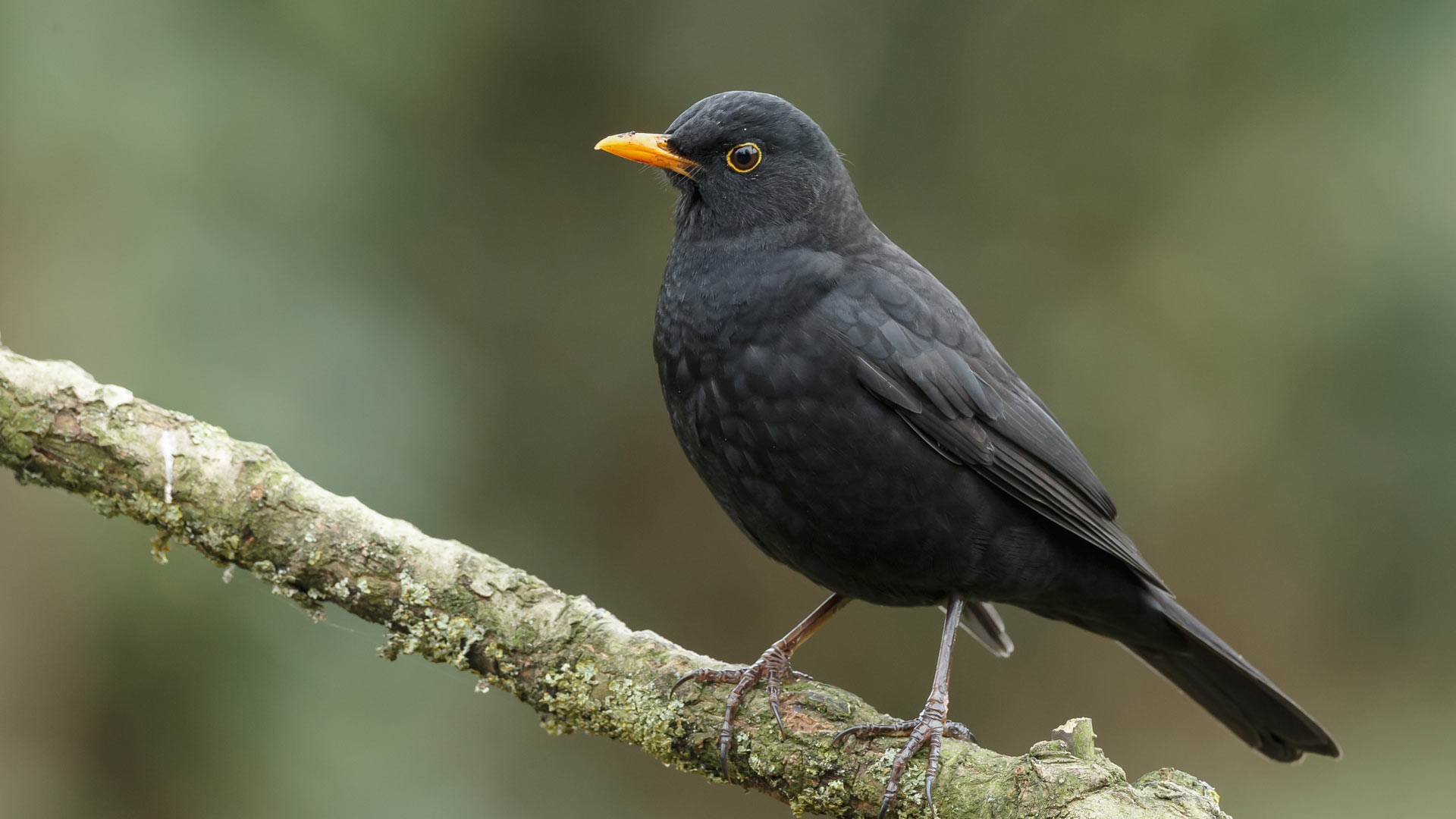
Male blackbirds are another easy garden bird to spot with their all-black bodies and striking yellow beaks. Female and young blackbirds, however, are brown, sometimes with spots and streaks.
Blackbird fact: Blackbirds often have between 2 -3 broods during breeding season.
12. Magpie

From a distance, the magpie has distinctive black and white feathers and a long tail, but on closer inspection, you’ll see beautiful shades of blue and green. Magpies are known scavengers and will eat most things, including other birds’ eggs.
Magpie fact: Magpies don’t like shiny objects, they’re afraid of them.
13. Song thrush
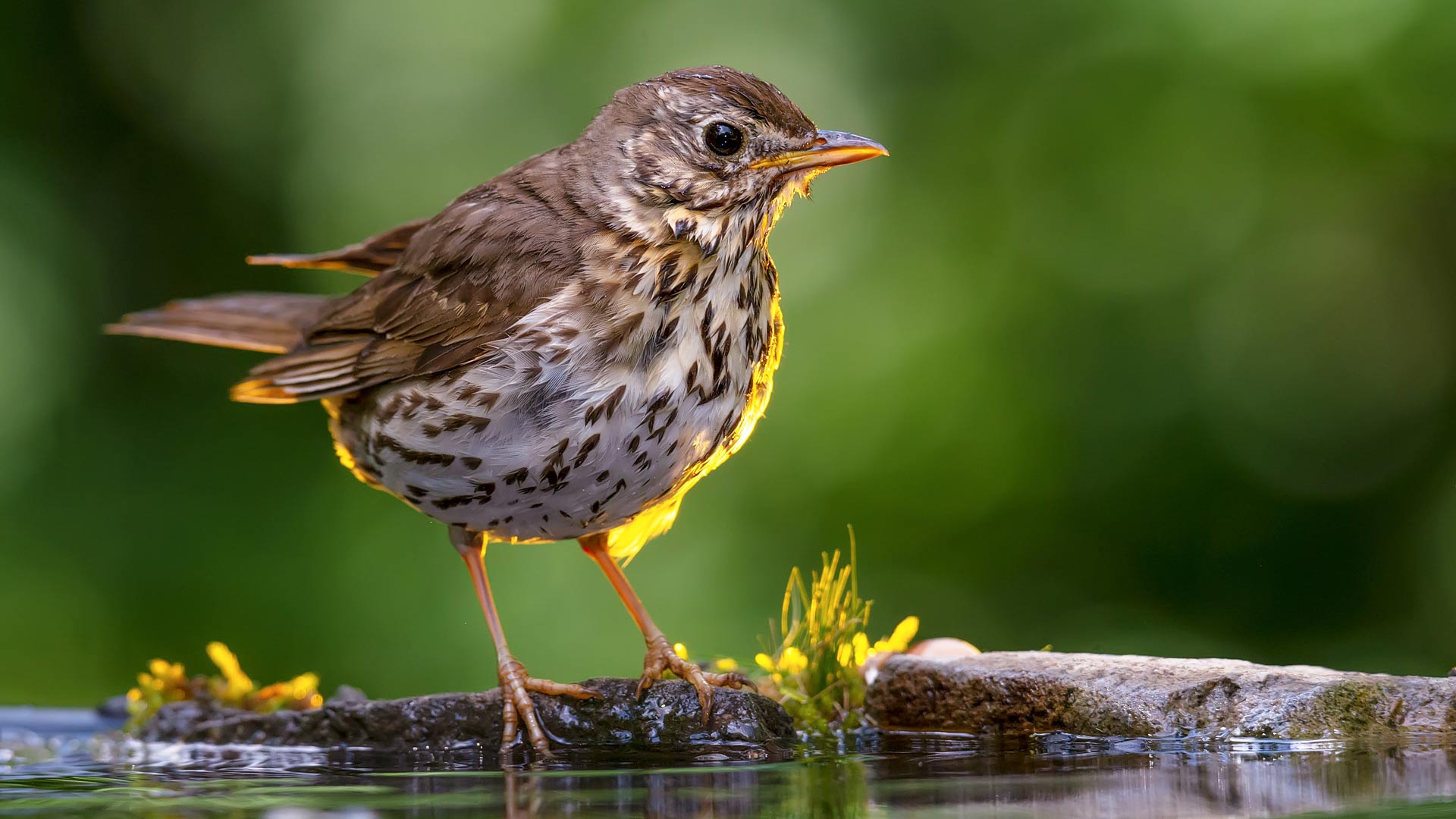
This brown, speckled songbird is sadly declining in numbers and on the red conservation list. Although not an early riser, they’ll join in the dawn chorus just after the blackbirds, you’ll hear them singing their repetitive tune year-round.
Song thrush fact: The song thrush is one of the few British birds to eat snails.
14. House martin

House martins have distinctive forked tails, glossy blue-black feathers and white undersides. As their name suggests, they like to build mud nests below the eaves of houses. You’ll likely see these birds flying into their nests under your guttering in the summer months before they spend their winter in Africa.
House martin fact: House martins will reuse successful nests for several seasons.
15. Goldfinch
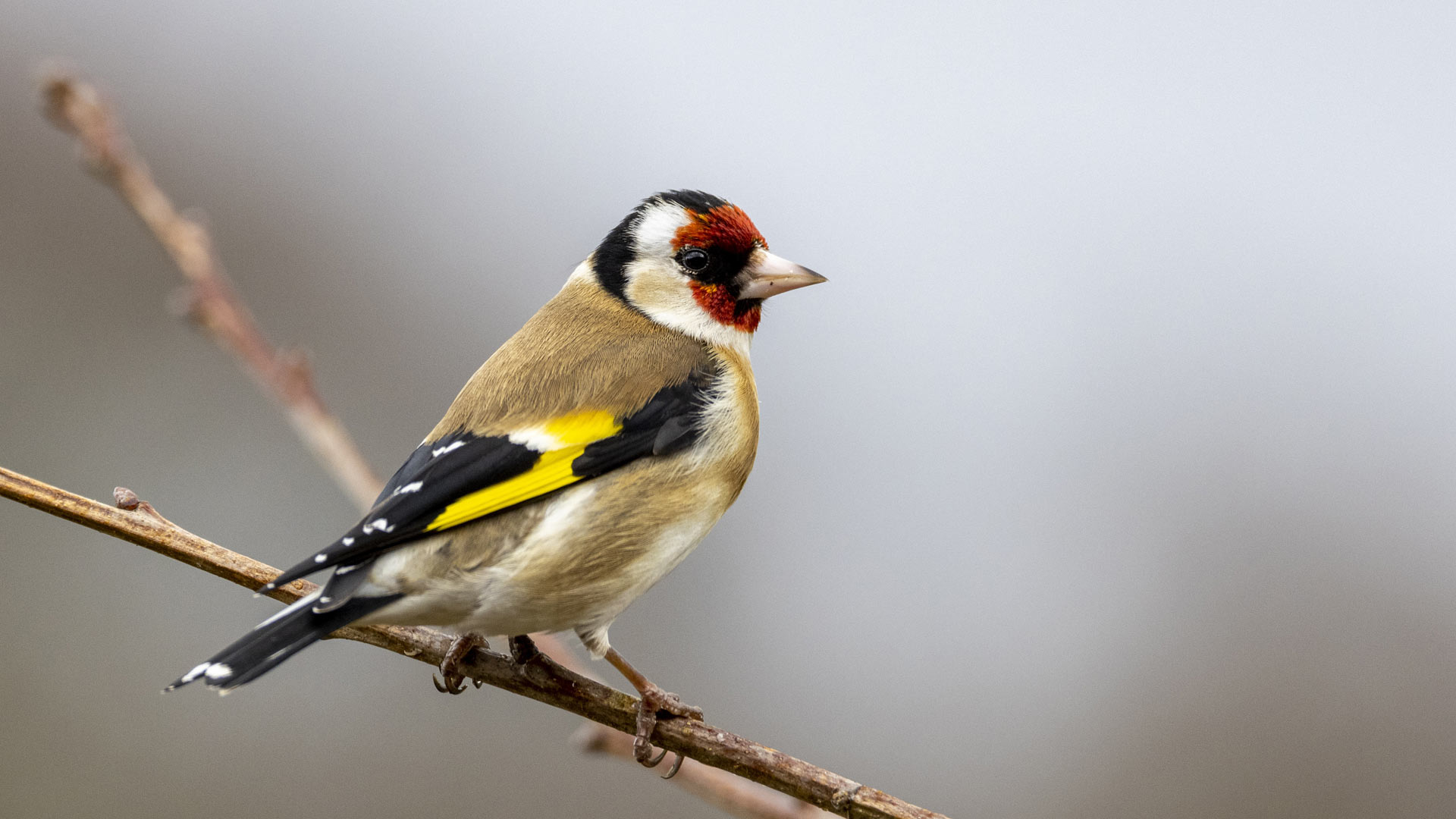
This brightly coloured finch has a bright red face and yellow patch on its wings. They’re becoming more frequent visitors to bird feeders and are scattered across the UK but most prevalent in the south.
Goldfinch fact: In the winter goldfinches will migrate to the warmer climates of Spain.
16. Woodpigeon
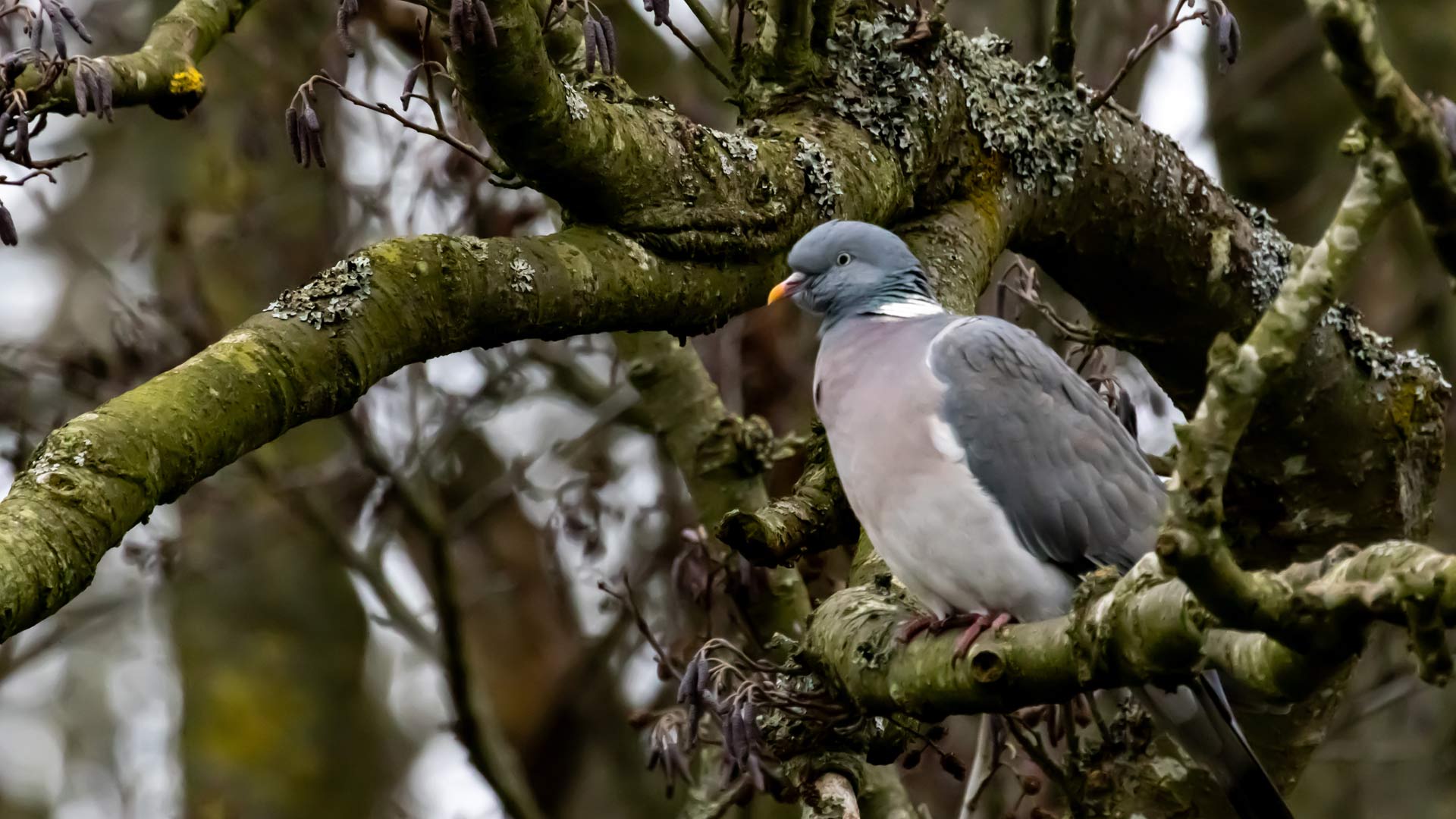
The most common pigeon in the UK, the woodpigeon is easily recognised with its grey feathers and white patches. Due to plentiful food in towns and cities, they can be relatively tame, and you’ll hear its familiar coo all over the UK.
Woodpigeon fact: Woodpigeons have been recorded breeding year-round.
17. Collared dove
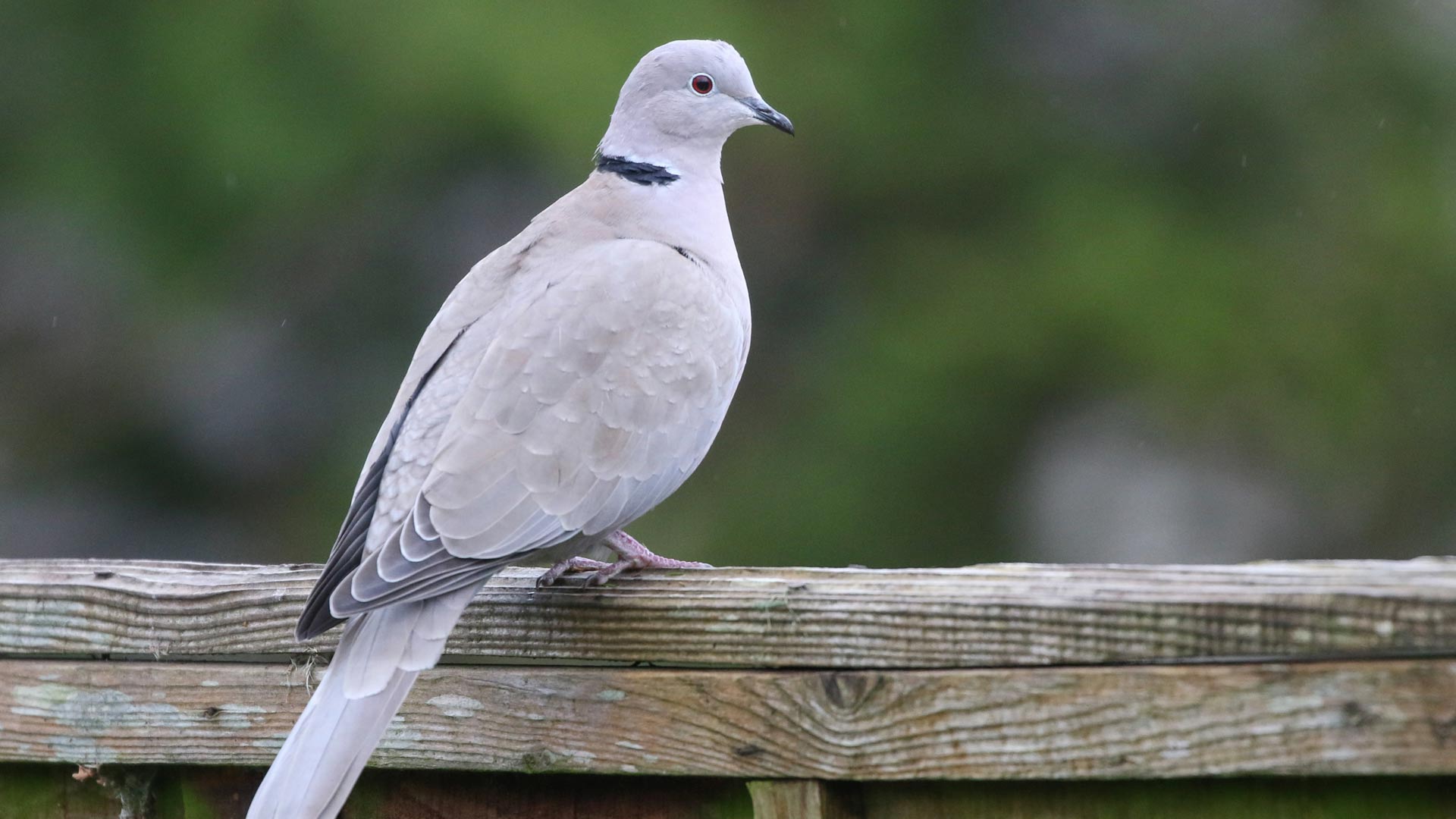
In the same family as the woodpigeon, the collared dove is a pink-grey colour with a black stripe at the back of the neck. They’re predominantly vegetarian and enjoy hoovering up any fallen seed from feeders and tables.
Collared dove fact: Collared doves like to flock, with up to 10,000 birds being recorded on one group at a time.
18. Chaffinch

One of the most common UK garden birds, the chaffinch is a mixture of rusty red, brown, grey and white, with males being much more colourful than females.
Chaffinch fact: The Victorians would cage chaffinches and hold singing matches between males. Thankfully, trapping these birds was made illegal in 1896.
19. Carrion Crow

One of the smartest British birds, the all-black carrion crow can often be cautious at first but will visit garden feeders once they know it’s a safe spot. They’re not picky feeders and will eat most seed left out in your garden.
Carrion crow fact: The carrion crow is thought to have the same intelligence level as the chimpanzee, given their similar-sized brains.
20. Siskin

This lively finch is most prevalent in Scotland and Wales, and you’ll know if you’ve spotted one by the distinctive yellow and green streaks, black head and forked tail.
Siskin fact: The average lifespan of a siskin is just two years.
21. Bullfinch
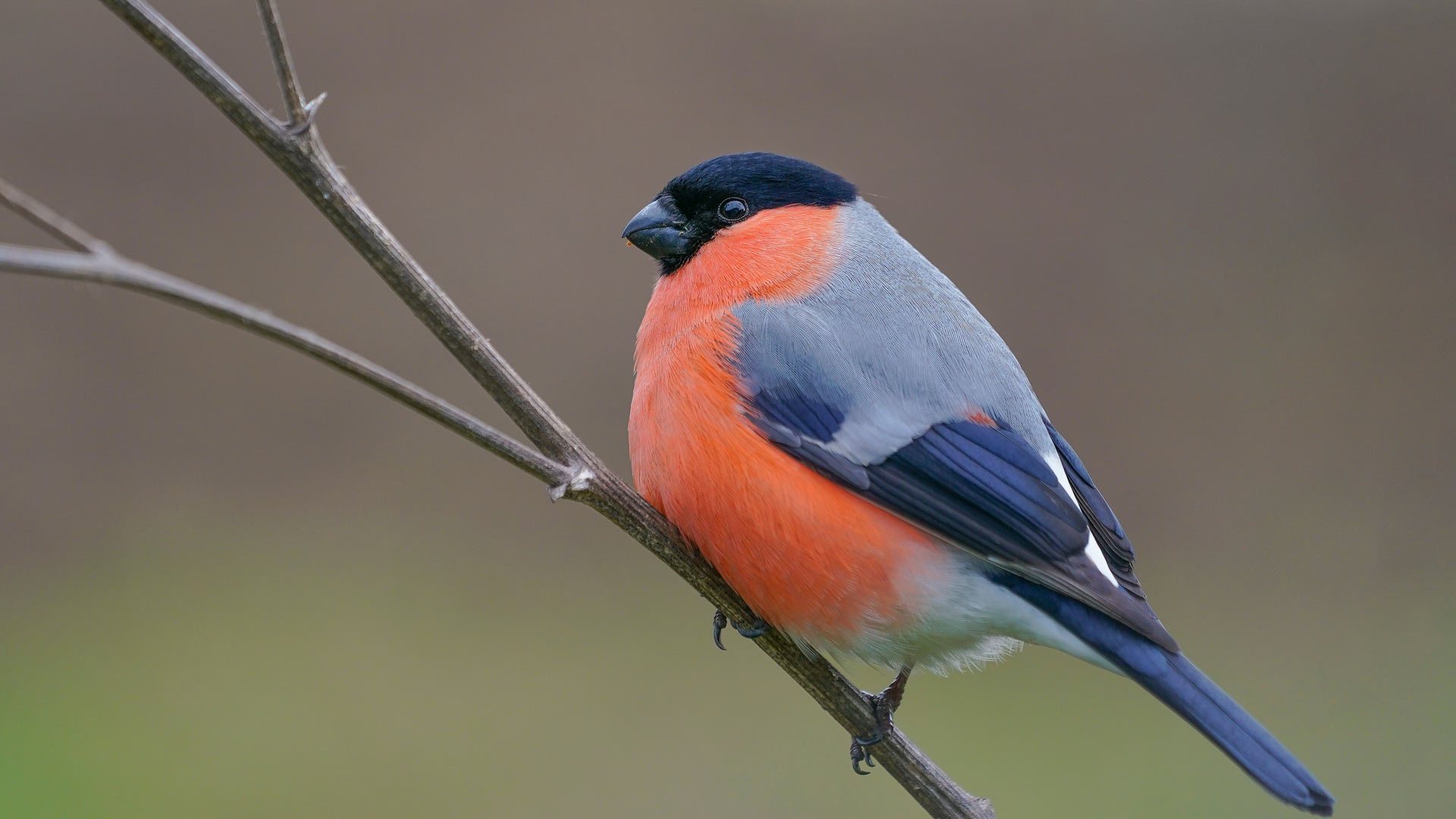
The bullfinch is relatively hard to spot at feeders due to its shy nature. The markings on a bullfinch are impossible to miss due to its pinkish-red cheeks and chest so keep your eyes peeled in woodland and sheltered areas.
Bullfinch fact: You can find bullfinches across Northern Europe, Asia and Japan!
22. Goldcrest

As the name suggests, the goldcrest has a black and yellow stripe on their head with a green body. These tiny birds can be seen all over the UK, favouring woodland and parks over gardens.
Goldcrest fact: The goldcrest is the UK’s smallest bird.
23. Jay
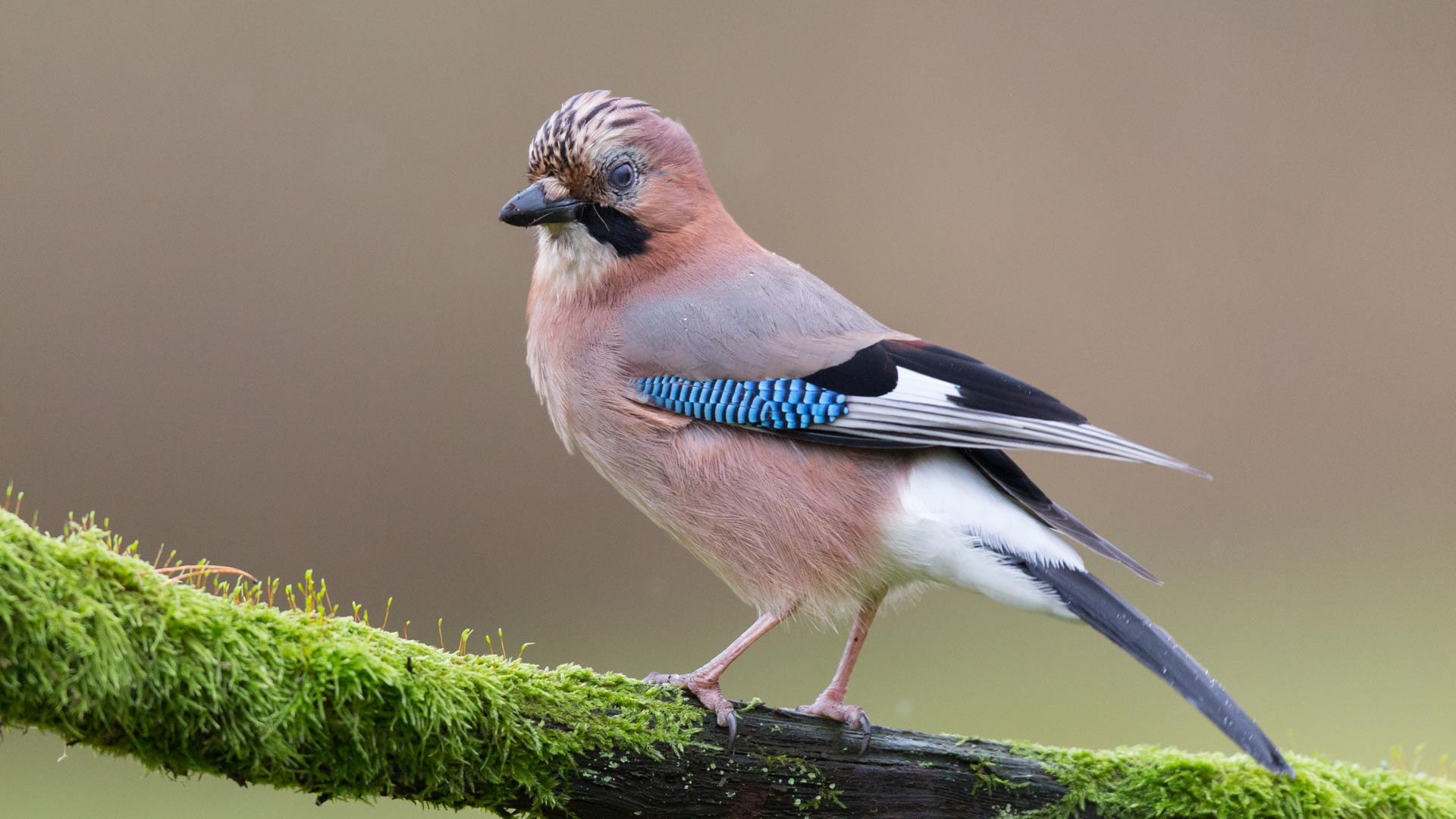
Jays are members of the crow family, despite being much more colourful than their relatives. With a pale pink body, a blue panel on their wings and black facial markings makes them easy to recognise.
Jay fact: You’ll usually be able to hear a Jay before you see one, as the shy woodland bird prefers to remain close to cover.
24. Greenfinch
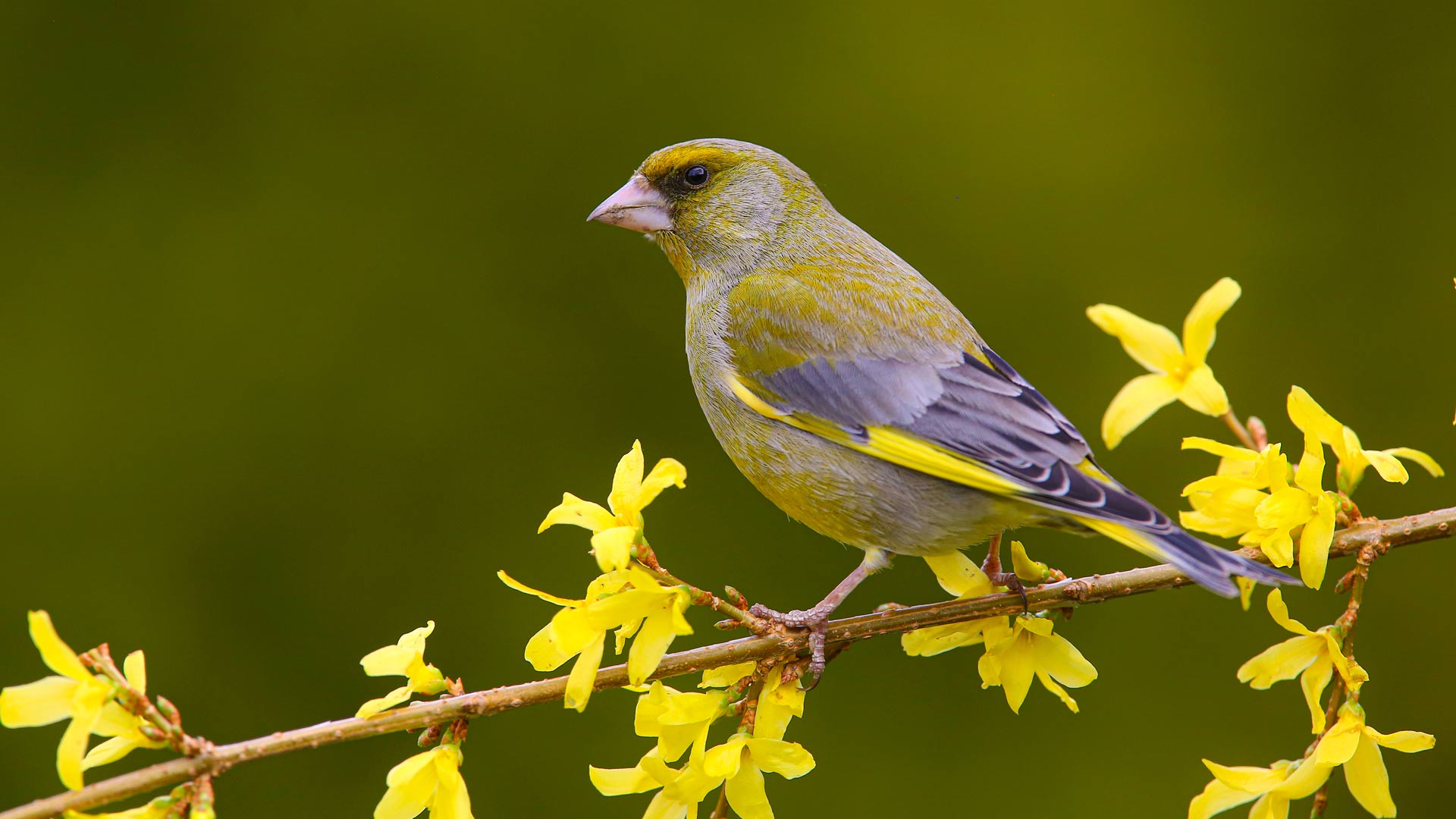
The greenfinch is a regular garden visitor, taking advantage of any feeders available. The olive-green birds have a wonderful streak of yellow on their wings and tail and are widespread across the UK.
Greenfinch fact: Greenfinch chicks take 14-18 days to fledge the nest after hatching.
Birds of prey in Britain
While less likely to see a bird of prey in your back garden, in rural areas and around many of our campsites, you could be lucky enough to see several species. Here’s a list of just 5.
1. Eurasian sparrowhawk
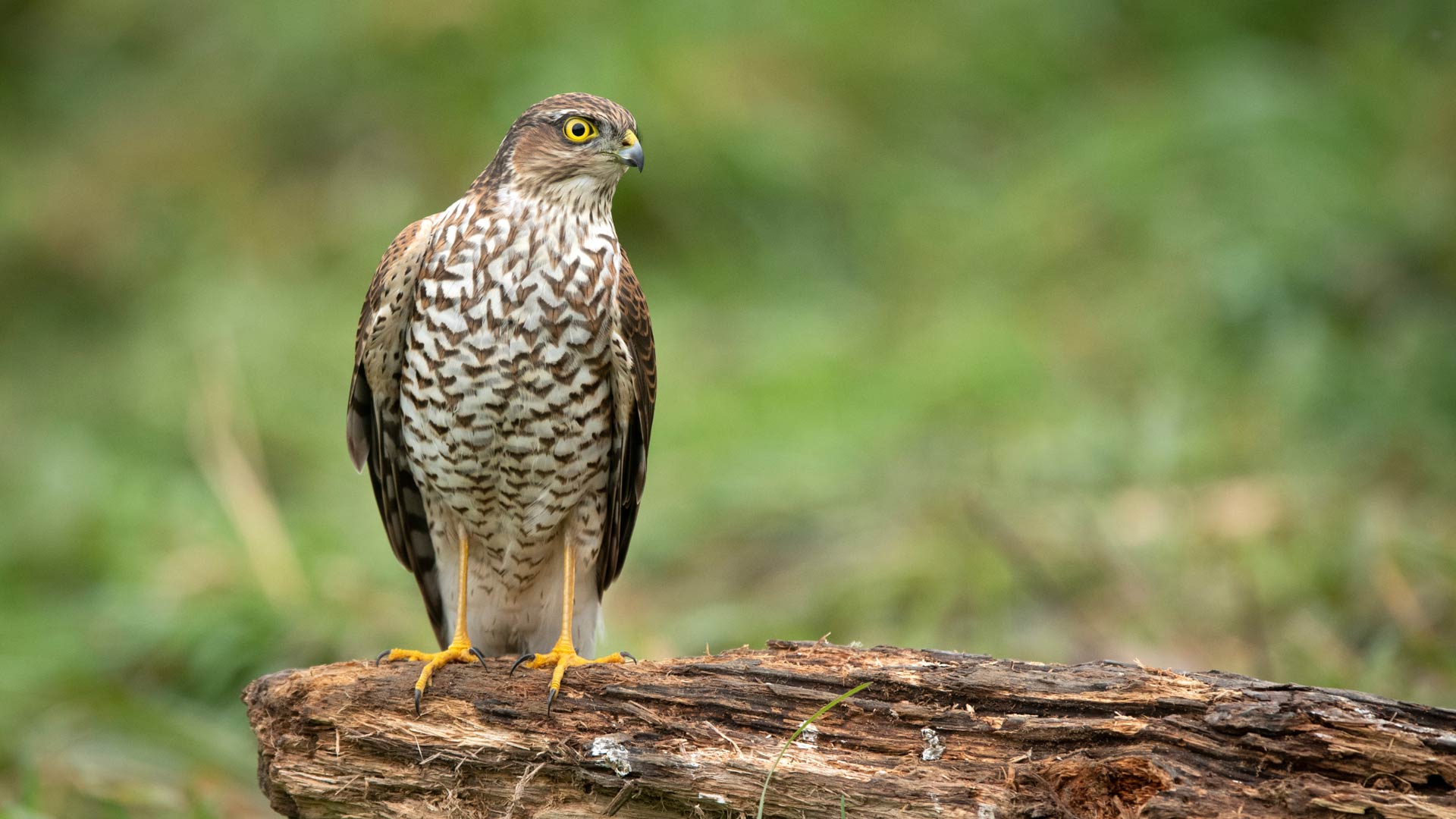
Sparrowhawks are relativity small birds of prey, and they’re well adapted to hunt in confined spaces, so gardens are ideal environments for them.
2. Common buzzard

The most common UK bird pf prey, the buzzard is easy to recognise while gliding, with its V-shaped wings and fanned tail.
3. Common kestrel

Kestrels can be spotted all over the UK, especially in farmland and urban areas. The kestrel, with its pointed wings and long tail, are often spotted hovering along roads, looking for prey.
4. Hen harrier
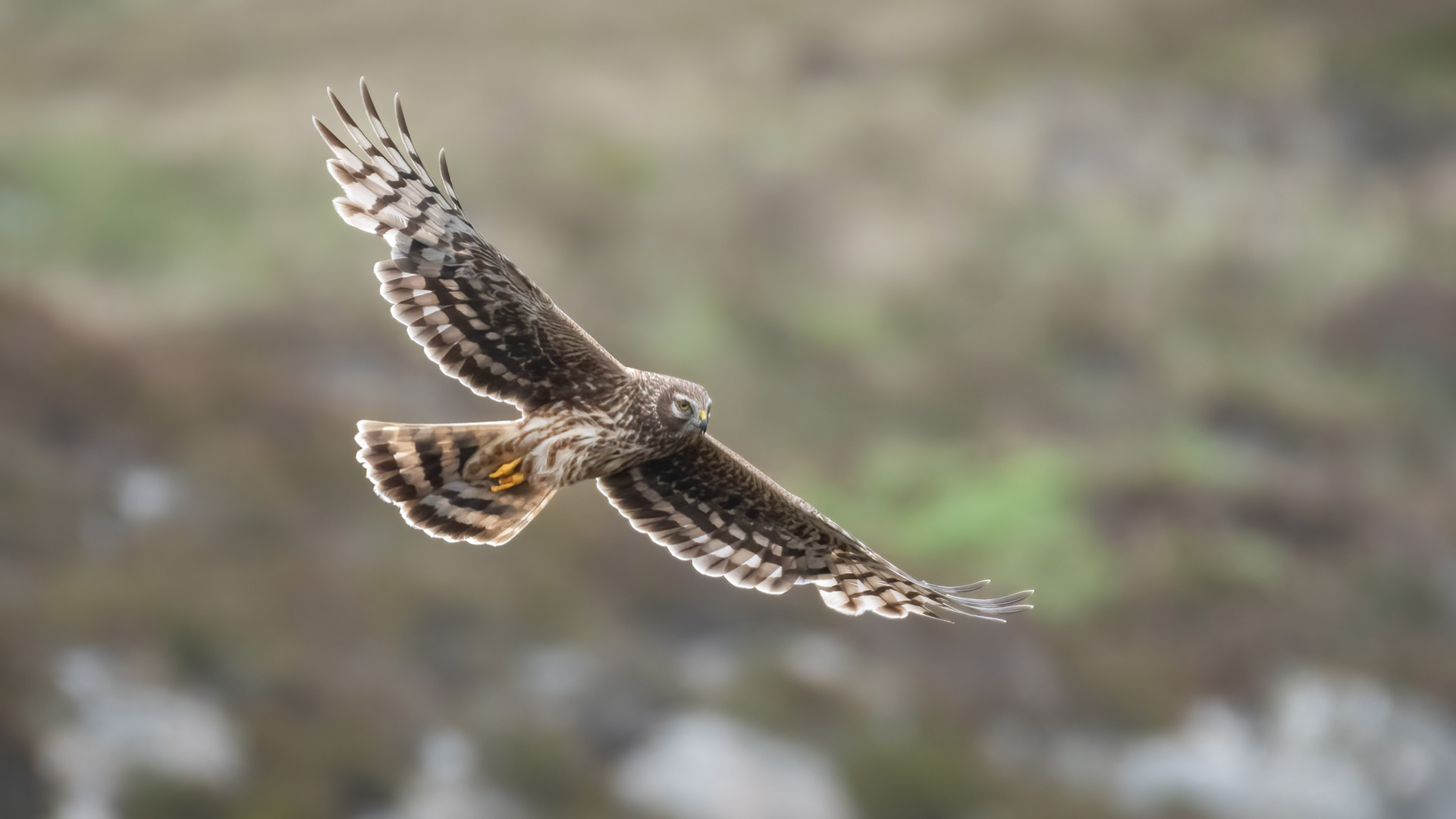
Female hen harriers are brown with white at the base of their long, barred tail while males are light grey. Unfortunately, the hen harries is on the red conservation list, but breeding pairs can be seen in Northern England, Wales, Northern Ireland and Scotland.
5. Red kite
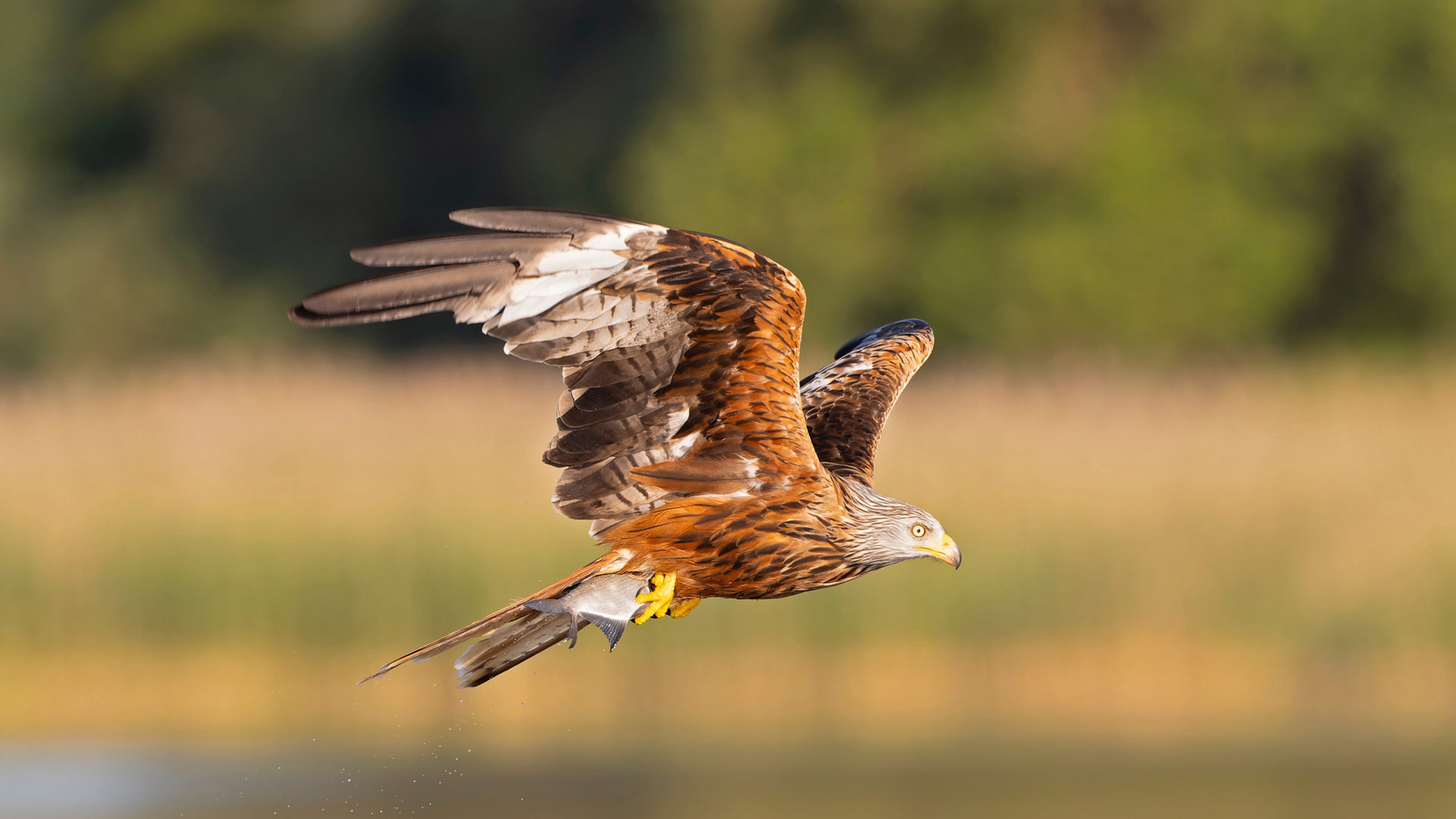
The reddish-brown feathers of a red kite are easy to recognise but most likely to be spotted in central Wales, and England.
We’ve put together a guide to birds you can see on our campsites. If you’re still unsure of which bird you’ve seen, the RSPB have an excellent bird identifier which asks several questions to help you out.
